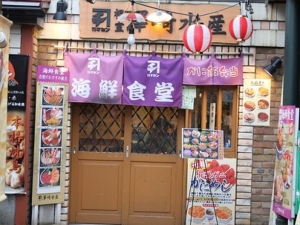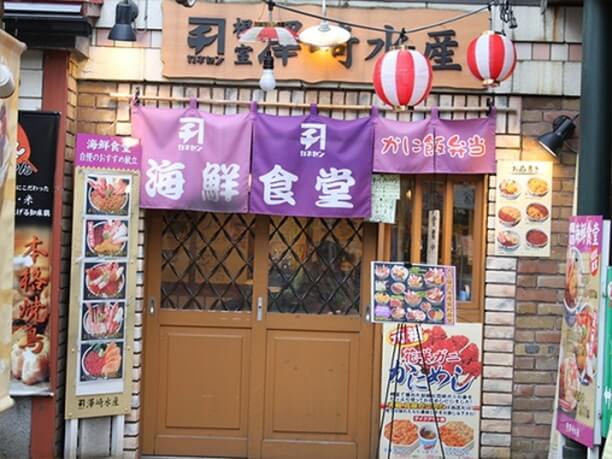

As you using it, will stop naturally due to the penetration of tea astringency. Use a rug or if you concerned about roughness the 高台Kodai, we recommend that you treat it so that it becomes smooth with sandpaper.ģ Hagi ware is not as tight as porcelain bonding between particles. This characteristic is highly appreciated by tea enthusiasts.ġ When using for the first time, immerse it in water overnight, and remove dust and odor of packaging material.Ģ There is no glaze applied to the 高台Kodai(Ring-shaped base on the bottom of a vessel)of Hagi ware, the bottom of pottery containing sand is rough and may hurt the table.

Clay used for Hagi ware is coarse, and due to its texture, color of ware is unique. we are giving a soft gloss and texture unique to pottery. This phenomenon is called "Hagi no nanabake"(various changes).

If you use Hagi-yaki for many years, the ingredients of tea etc in to the part of fine cracks(Kan-nyu), and texture will changes. The characteristic features of Hagi-yaki are its unique soft texture and the fine cracks(Kan-nyu) patterns caused by the raw material clay and glaze. Hagi ware flourished during the Edo Period (1603-1867) and was highly prized as tea wares for the tea ceremony. The skills for making this craft was imported into Japan from Korea in the early 1600s. Hagi yaki Pottery (萩焼) is one of the most famous pottery types in Japan.


 0 kommentar(er)
0 kommentar(er)
